Home>Technology>Smart Home Devices>What Is A Virtual Printer
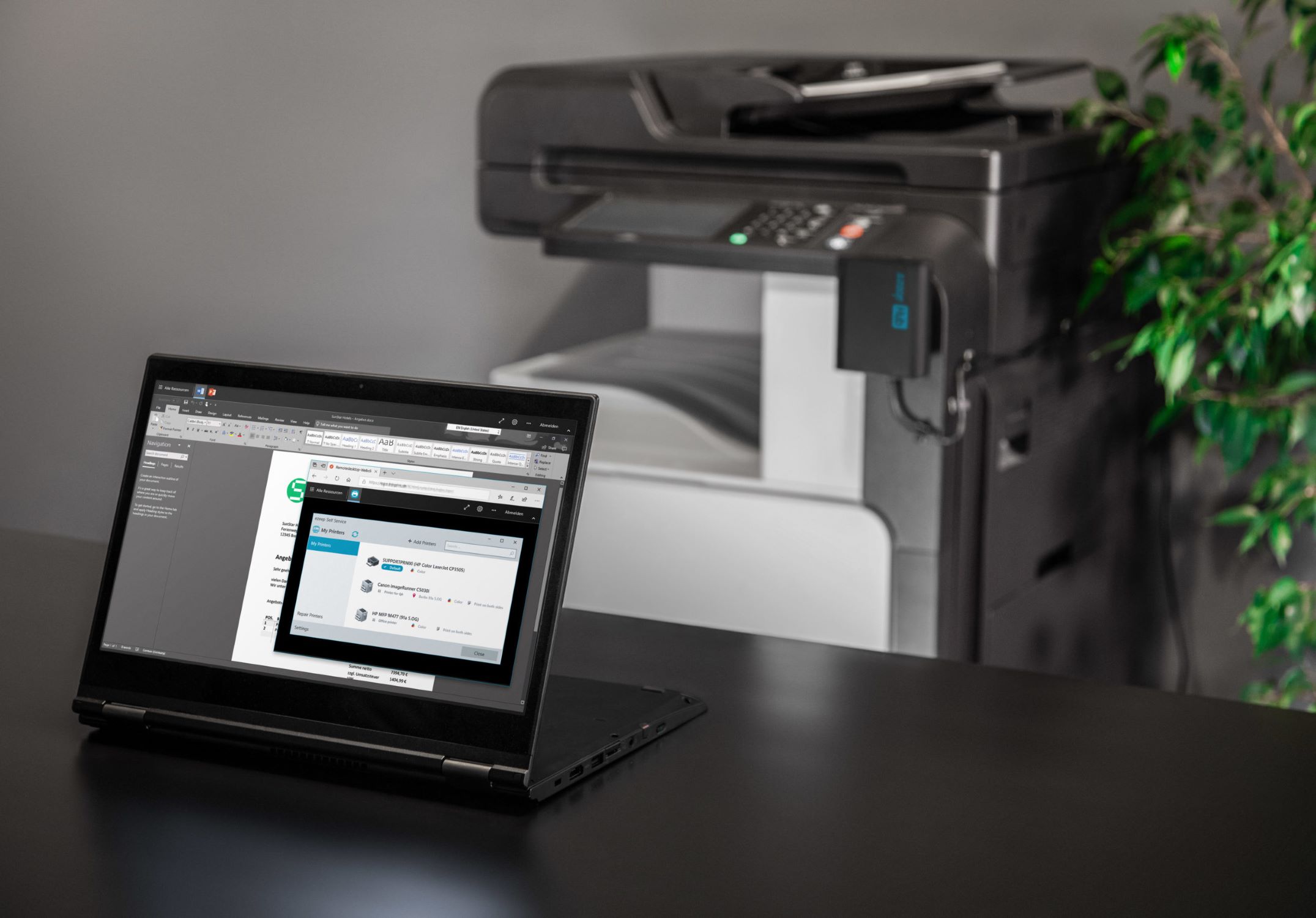

Smart Home Devices
What Is A Virtual Printer
Modified: August 27, 2024
Discover how virtual printers can enhance your smart home devices. Learn about their benefits and how they streamline your printing needs.
(Many of the links in this article redirect to a specific reviewed product. Your purchase of these products through affiliate links helps to generate commission for Storables.com, at no extra cost. Learn more)
Introduction
Welcome to the world of virtual printing, where the boundaries of traditional printing are transcended, and the digital realm opens up new possibilities. In this comprehensive guide, we will embark on a journey to unravel the mysteries of virtual printers, their functionality, and the myriad benefits they offer.
Virtual printers represent a revolutionary advancement in the realm of digital document management. Unlike physical printers that require a tangible connection to a computer, virtual printers operate in the virtual space, enabling users to generate digital versions of physical documents. This innovative technology has transformed the way we interact with digital content, offering unparalleled convenience and flexibility.
As we delve deeper into the realm of virtual printers, we will explore their definition, functionality, advantages, and common applications. By the end of this guide, you will have a profound understanding of virtual printers and their potential to streamline document management processes, enhance productivity, and facilitate seamless collaboration.
Join me as we embark on this enlightening exploration of virtual printers, uncovering the intricacies of their operation and the diverse ways in which they revolutionize the digital landscape. Let's embark on this enlightening journey together to unlock the full potential of virtual printing technology.
Key Takeaways:
- Virtual printers are like digital versions of physical printers, creating electronic files instead of paper copies. They save time, reduce waste, and make sharing and storing documents easier.
- By using virtual printers, people can save money, protect the environment, and work together more efficiently. They help turn physical documents into digital ones, making life easier in the digital age.
Read more: What Is A Virtual Balcony On A Cruise Ship
Definition of a Virtual Printer
A virtual printer is a software-based emulation of a physical printer that enables users to create digital representations of documents, images, or any printable content. Unlike traditional printers that produce physical copies on paper, virtual printers generate electronic files in various formats, such as PDF, JPEG, PNG, or TIFF. These digital renditions faithfully replicate the content of the original document, offering a versatile and efficient means of preserving and sharing information.
Virtual printers operate as virtual devices within the computer’s operating system, allowing users to "print" documents from any application that supports printing functionality. When a user selects the virtual printer as the output destination, the content is processed and transformed into a digital file, which can then be stored, shared, or further manipulated as needed.
One of the defining features of virtual printers is their ability to convert documents into standardized formats, making them universally accessible and easily viewable across different devices and platforms. This capability eliminates the constraints associated with physical printing, offering a sustainable and practical approach to document management in the digital age.
Virtual printers also facilitate seamless integration with cloud storage services, enabling users to directly save digital copies of their printed documents to online repositories, thereby streamlining the archiving and sharing processes. Furthermore, virtual printers often include advanced features such as encryption, watermarking, and compression, enhancing the security and customization options available for digital output.
By harnessing the power of virtual printers, individuals and organizations can transcend the limitations of traditional printing, embrace digital transformation, and optimize their document management workflows with unparalleled efficiency and flexibility.
How Does a Virtual Printer Work?
Virtual printers function by intercepting the print command from a software application, processing the content, and generating a digital representation of the document. This process occurs seamlessly within the operating system, offering a convenient and versatile approach to creating electronic versions of printable content.
When a user initiates the printing process from an application, such as a word processor or image editing software, they have the option to select a virtual printer as the output destination. Upon making this selection, the virtual printer intercepts the print data and begins the conversion process.
The virtual printer converts the incoming print data into a digital format, such as PDF, JPEG, or another compatible file type, based on the user’s preferences and settings. This conversion process ensures that the digital rendition accurately reflects the content and layout of the original document, preserving its visual integrity and readability.
Once the conversion is complete, the virtual printer presents the user with options to customize the digital output, such as specifying the file name, selecting the storage location, and applying additional settings, such as encryption or watermarking. These customization features empower users to tailor the digital output to their specific requirements, enhancing security and accessibility.
After the user finalizes the settings, the virtual printer generates the digital file, which can then be saved to the desired location, shared electronically, or further processed as needed. This streamlined workflow eliminates the need for physical printing, reduces paper consumption, and simplifies the distribution of digital documents across various platforms and devices.
Furthermore, virtual printers often integrate seamlessly with cloud storage services, enabling users to directly upload their digital prints to online repositories, ensuring secure and accessible storage. This integration enhances collaboration and document management by providing a centralized and easily accessible digital archive.
By harnessing the capabilities of virtual printers, users can transform their document management workflows, embrace digital efficiency, and seamlessly transition from physical printing to sustainable, digital document creation and distribution.
A virtual printer is a software application that simulates a physical printer, allowing you to create a digital file instead of a physical printout. It can be useful for saving paper and sharing documents electronically.
Advantages of Using a Virtual Printer
Virtual printers offer a myriad of advantages that revolutionize the way individuals and organizations manage and distribute digital documents. These advantages encompass efficiency, flexibility, sustainability, and enhanced collaboration, empowering users to optimize their document management workflows with unparalleled convenience and functionality.
- Efficiency: Virtual printers streamline the document creation and distribution process, eliminating the need for physical printing and enabling rapid generation of digital renditions. This efficiency translates to time savings, reduced resource consumption, and enhanced productivity.
- Flexibility: Virtual printers support a wide range of digital output formats, allowing users to create documents in formats such as PDF, JPEG, PNG, and more. This flexibility ensures compatibility with diverse devices and platforms, enabling seamless sharing and viewing of digital documents.
- Sustainability: By reducing reliance on physical printing, virtual printers contribute to environmental sustainability by minimizing paper usage and waste. This sustainable approach aligns with eco-friendly initiatives and supports responsible resource management.
- Enhanced Security: Virtual printers often include advanced security features, such as encryption and watermarking, which bolster the protection of digital documents. These security measures safeguard sensitive information and mitigate the risks associated with physical document distribution.
- Cost Savings: The adoption of virtual printers reduces expenses related to physical printing, including consumables such as paper and ink, maintenance of printing equipment, and storage of physical documents. This cost-effective approach optimizes resource allocation and supports financial efficiency.
- Seamless Integration: Virtual printers seamlessly integrate with cloud storage services, enabling direct uploading of digital documents to online repositories. This integration facilitates centralized document management, enhances accessibility, and supports collaborative workflows.
By harnessing these advantages, individuals and organizations can embrace digital transformation, optimize their document management processes, and unlock the full potential of virtual printing technology. The multifaceted benefits offered by virtual printers empower users to navigate the digital landscape with confidence, efficiency, and sustainability, driving enhanced productivity and collaboration.
Common Uses of Virtual Printers
Virtual printers find diverse and practical applications across various domains, catering to the evolving needs of individuals, businesses, and creative professionals. The versatility and functionality of virtual printers enable a wide array of common uses, each leveraging the technology to streamline document management, enhance collaboration, and facilitate seamless digital workflows.
- Document Archiving: Virtual printers are utilized to create digital copies of physical documents, enabling efficient archiving and preservation of important records. This use case facilitates organized and accessible document storage, reducing reliance on physical filing systems.
- Electronic Invoicing: Businesses leverage virtual printers to generate digital invoices in standardized formats, streamlining billing processes and enhancing the efficiency of financial transactions. This approach reduces paper usage and simplifies invoice distribution.
- Digital Publishing: Creative professionals and publishers utilize virtual printers to convert digital content, such as e-books and digital magazines, into standardized formats for distribution and consumption across various devices and platforms.
- Collaborative Workflows: Virtual printers facilitate the seamless sharing of digital documents among team members, supporting collaborative editing, review processes, and version control. This use case enhances teamwork and accelerates project timelines.
- Electronic Forms and Reports: Organizations employ virtual printers to convert paper-based forms and reports into digital formats, enabling streamlined data collection, analysis, and reporting processes.
- Secure Document Distribution: Virtual printers with advanced security features are utilized to create encrypted, watermarked, or password-protected digital documents, ensuring secure distribution and access control.
These common uses underscore the adaptability and value of virtual printers in modern digital ecosystems, empowering users to transcend the constraints of traditional printing and embrace efficient, sustainable, and collaborative document management practices. By harnessing the capabilities of virtual printers, individuals and organizations can optimize their workflows, enhance productivity, and seamlessly navigate the digital realm with confidence and ease.
Read more: What Is A Screen Printer
Conclusion
As we conclude our exploration of virtual printers, we emerge with a profound understanding of their transformative potential in the realm of document management and digital workflows. Virtual printers represent a paradigm shift in the way we create, share, and preserve documents, offering a versatile and sustainable alternative to traditional printing methods.
Through their emulation of physical printers in the digital space, virtual printers empower users to generate electronic renditions of documents, images, and other printable content with unparalleled efficiency and flexibility. The advantages they offer, including streamlined workflows, enhanced security, and seamless integration with digital platforms, position virtual printers as indispensable tools for individuals, businesses, and creative professionals alike.
By harnessing virtual printers, users can embrace digital transformation, optimize their document management processes, and contribute to environmental sustainability by reducing reliance on physical printing. The multifaceted benefits of virtual printers, ranging from cost savings to enhanced collaboration, underscore their pivotal role in driving productivity and efficiency in the digital age.
As technology continues to evolve, virtual printers stand as a testament to the innovative solutions that redefine the boundaries of traditional practices. Their ability to adapt to diverse use cases, from document archiving to collaborative workflows, reflects their versatility and relevance in modern digital ecosystems.
In essence, virtual printers represent a gateway to a more efficient, sustainable, and collaborative approach to document management. By embracing the capabilities of virtual printing technology, individuals and organizations can navigate the digital landscape with confidence, leveraging the power of digital documents to drive productivity, streamline workflows, and facilitate seamless collaboration.
Let us embark on this digital journey with the knowledge that virtual printers serve as catalysts for innovation, efficiency, and sustainability, shaping the way we interact with digital content and paving the way for a more connected and streamlined future.
Frequently Asked Questions about What Is A Virtual Printer
Was this page helpful?
At Storables.com, we guarantee accurate and reliable information. Our content, validated by Expert Board Contributors, is crafted following stringent Editorial Policies. We're committed to providing you with well-researched, expert-backed insights for all your informational needs.

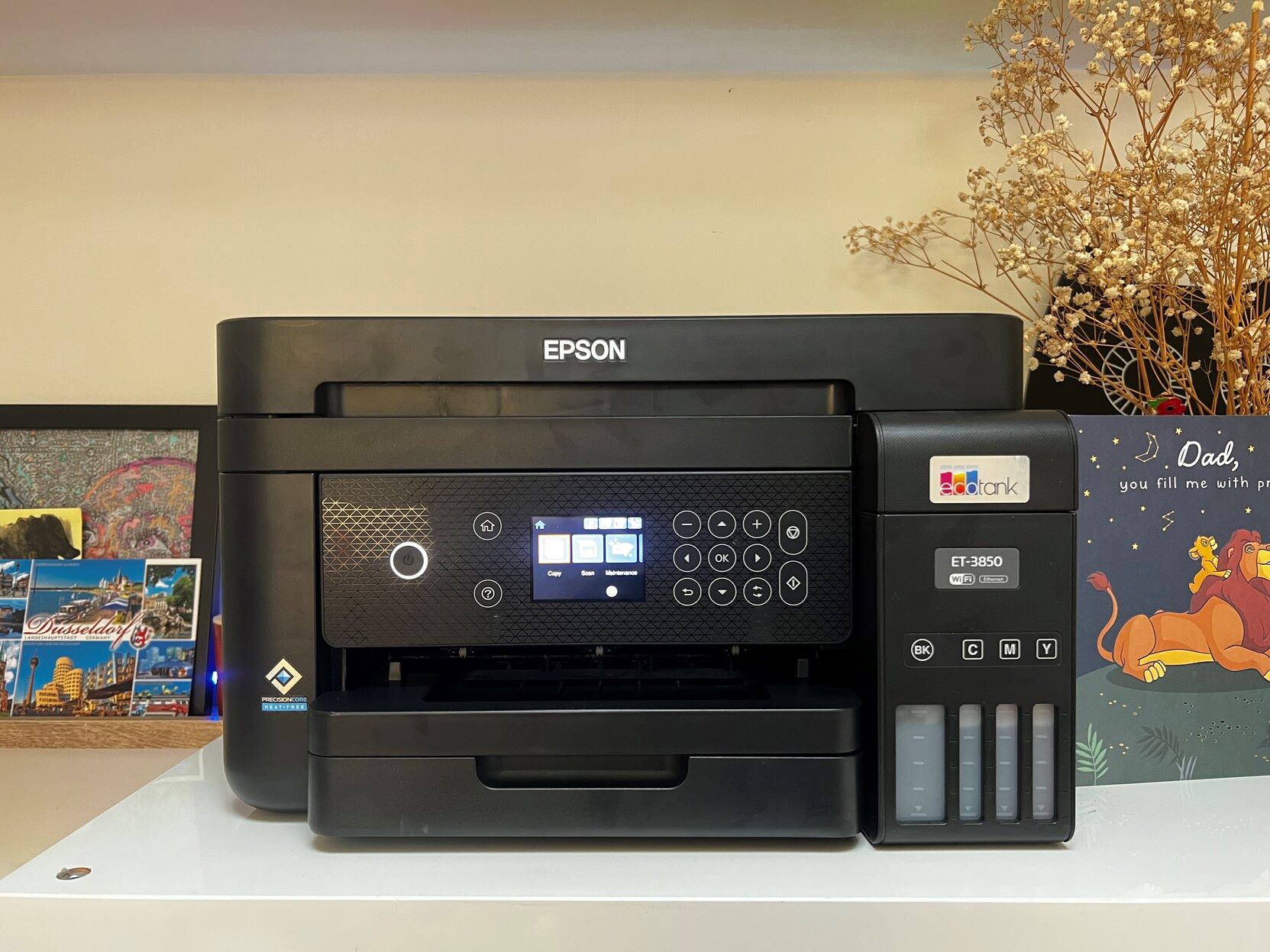



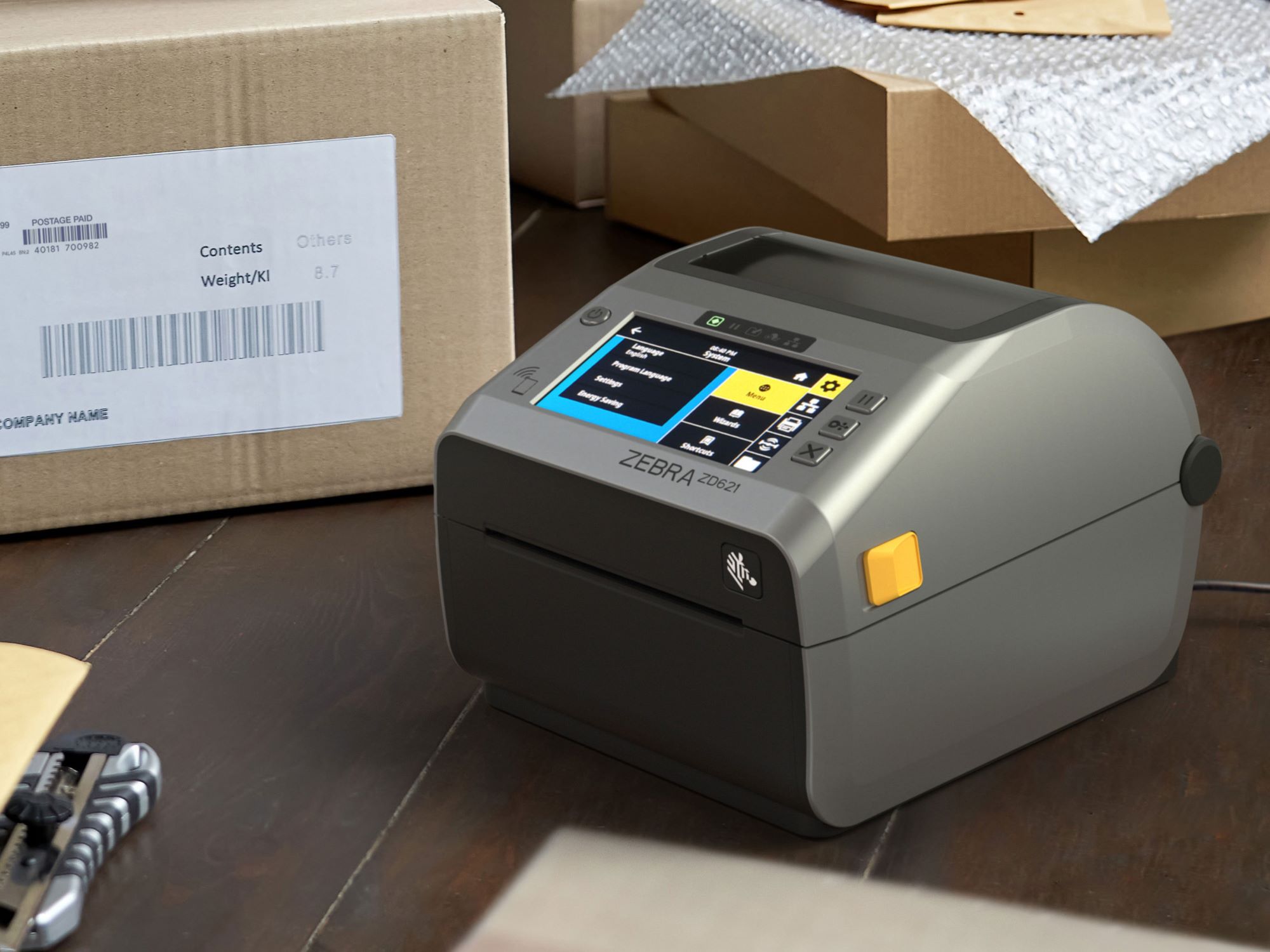
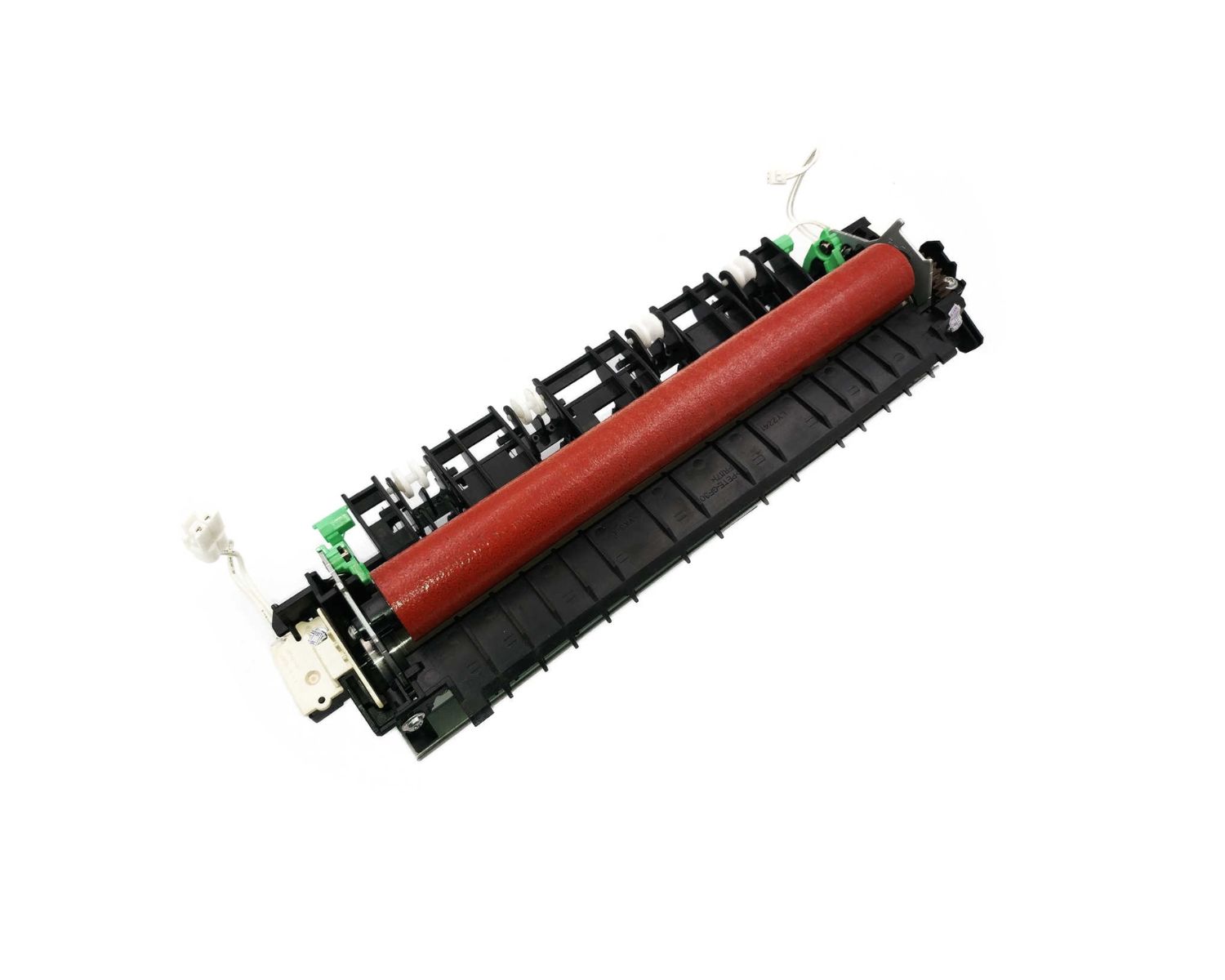



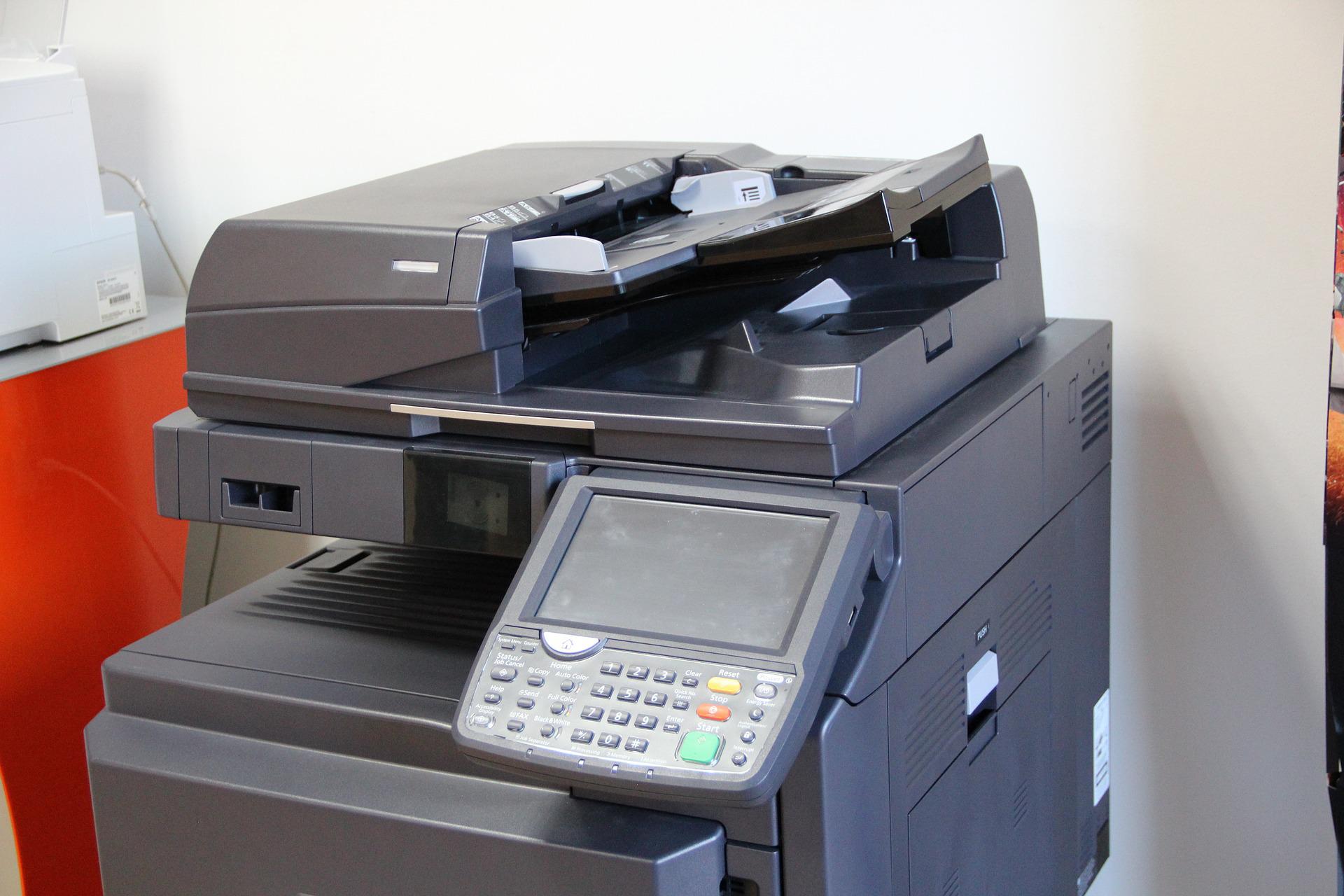
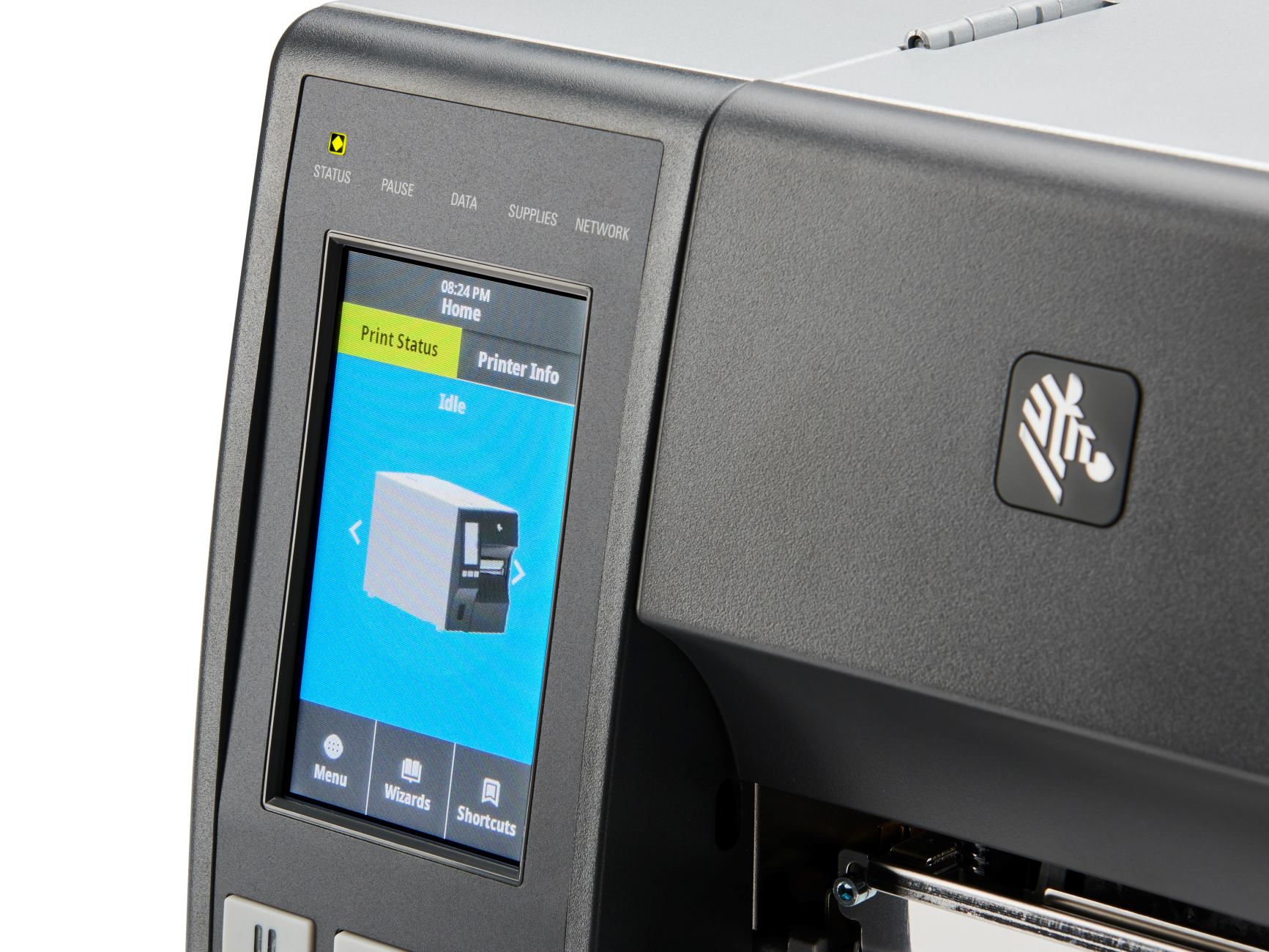



0 thoughts on “What Is A Virtual Printer”